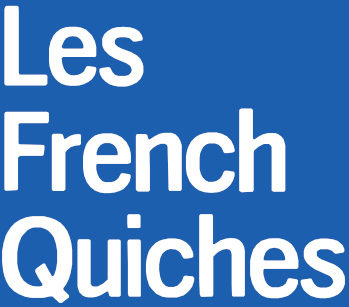Before opening our shop on rue de Birague, we had a pop’up store next to the Vert d’Absinthe shop which has since closed. The proximity with this shop, expert in absinthe, aroused our curiosity. Without being specialists, we acquired a certain knowledge about this mythical product that we will share with you, in several episodes.
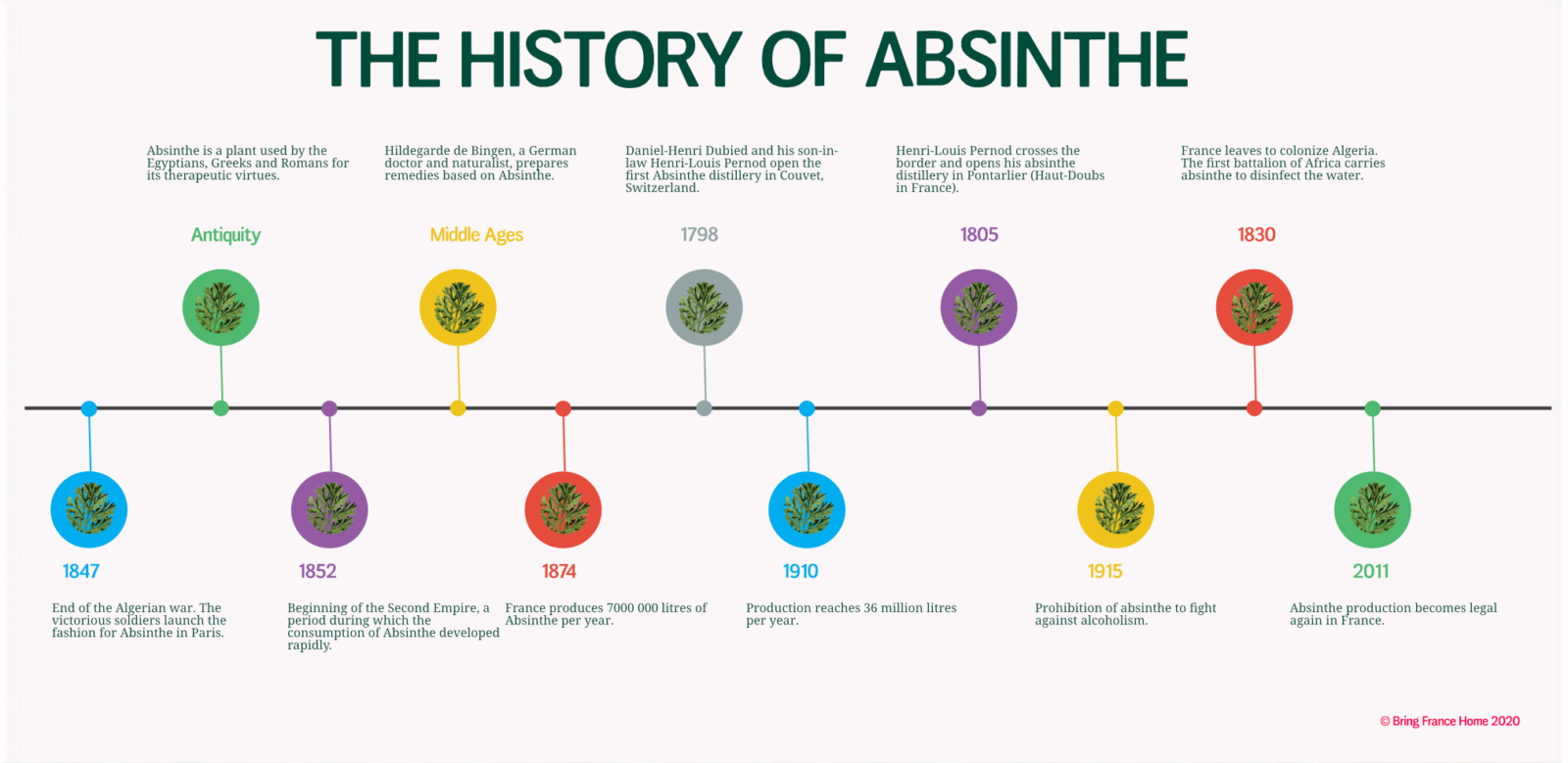
A plant known by the Egyptians
The consumption of Absinthe for recreational purposes is relatively recent. However, Absinthe has been consumed since Antiquity for of its medicinal properties. Among the Egyptians, the Romans, the Greeks, absinthe was prescribed for its aphrodisiac, antiseptic and soothing effects.
Lucretia (1st century B.C.) even describes how the little Romans were tricked into swallowing absinthe, to cure them and give them back their strength.
When doctors want to give children the disgusting absinthe, they first coat the edges of the cup with a layer of sweet blond honey: in this way, this unpredictable age, with only the lips seduced by the sweetness, swallows at the same time the bitter infusion and, deceived but not victimized, recovers its strength and health.
http://fleche.org/lutece/progterm/lucrece/lucr012.html
A Medieval remedy
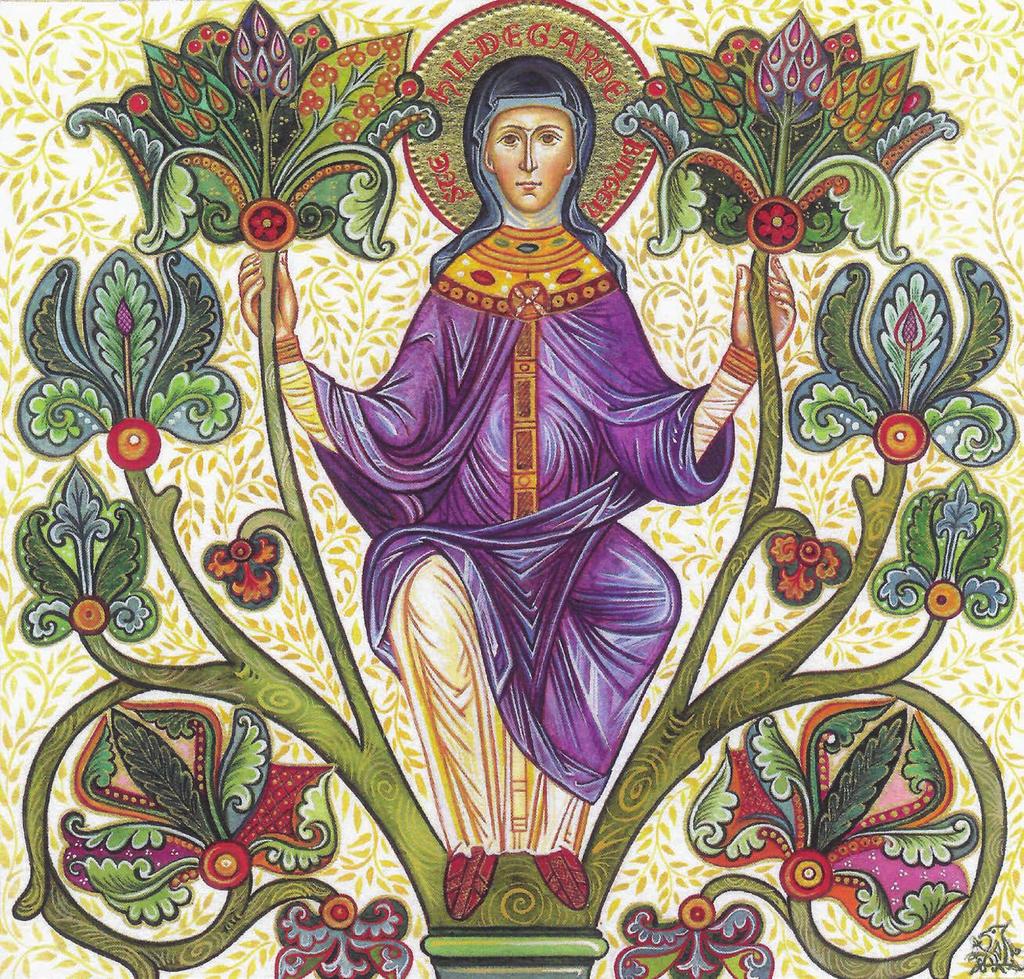
Anyway, in the beginning, absinthe was a disgusting drug.
In the Middle Ages, recipes for absinthe-based remedies can be found in the works of Hildegarde de Bingen. For Hildegarde, who is considered to be the first naturalist in Germany, absinthe had positive effects on digestion and everything to do with the stomach. Depending on the pathologies she advises to drink absinthe juice or an absinthe elixir. Hildegarde has published her recipes in different books. Even today you can still find absinthe-based medicinal products made according to her precepts.
In the Middle Ages it was also common to drink wine mixed with honey and absinthe.
Frédégonde was the ambitious wife of the Merovingian king Chilpéric I. She never hesitated to kill her opponents. She’s been known to have, among other things, poisoned a lord who came to accuse her of murdering the Bishop of Rouen. Frédégonde served him a large glass of poisoned absinthe wine and the unfortunate man barely had time to warn his comrades before dying.
« Touch not this drink, save yourselves, wretch, save yourselves, that you may not perish with me! »
Nouvelles Lettres sur l’Histoire de France – Histoire de Praetextatus, Evêque de Nantes
First absinthe distilleries
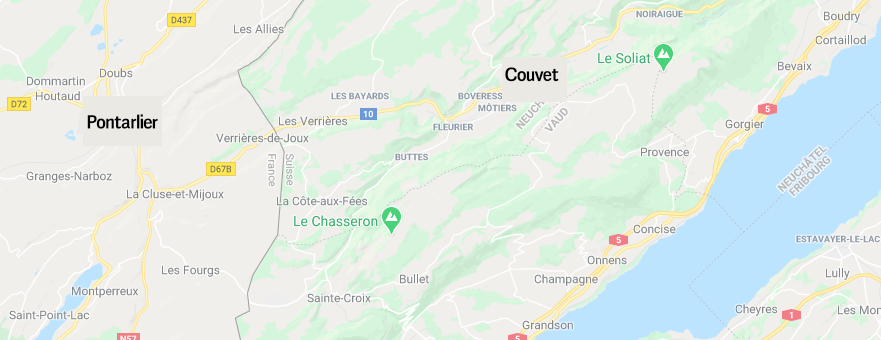
It was only at the end of the 18th century that absinthe distillation started in Switzerland and then across the border in the French Haut-Doubs. There is still a dispute as to who invented the original recipe, but everything happens between Pontarlier and Couvet, the two sites being about thirty kilometres apart, and crossed by the border.
What is certain is that the first absinthe distillery was opened in 1798 in Couvet in Switzerland by Henri-Louis Pernod and his father-in-law Daniel-Henri Dubied. Henri-Louis Pernod’s father was a distiller and his father-in-law had acquired the recipe for making absinthe.
A few years later, in 1805, Henri-Louis Pernod set up his own distillery in Pontarlier to cover the French market and also to become autonomous. Working with his father-in-law is not always easy. So he created the company Pernod Fils.
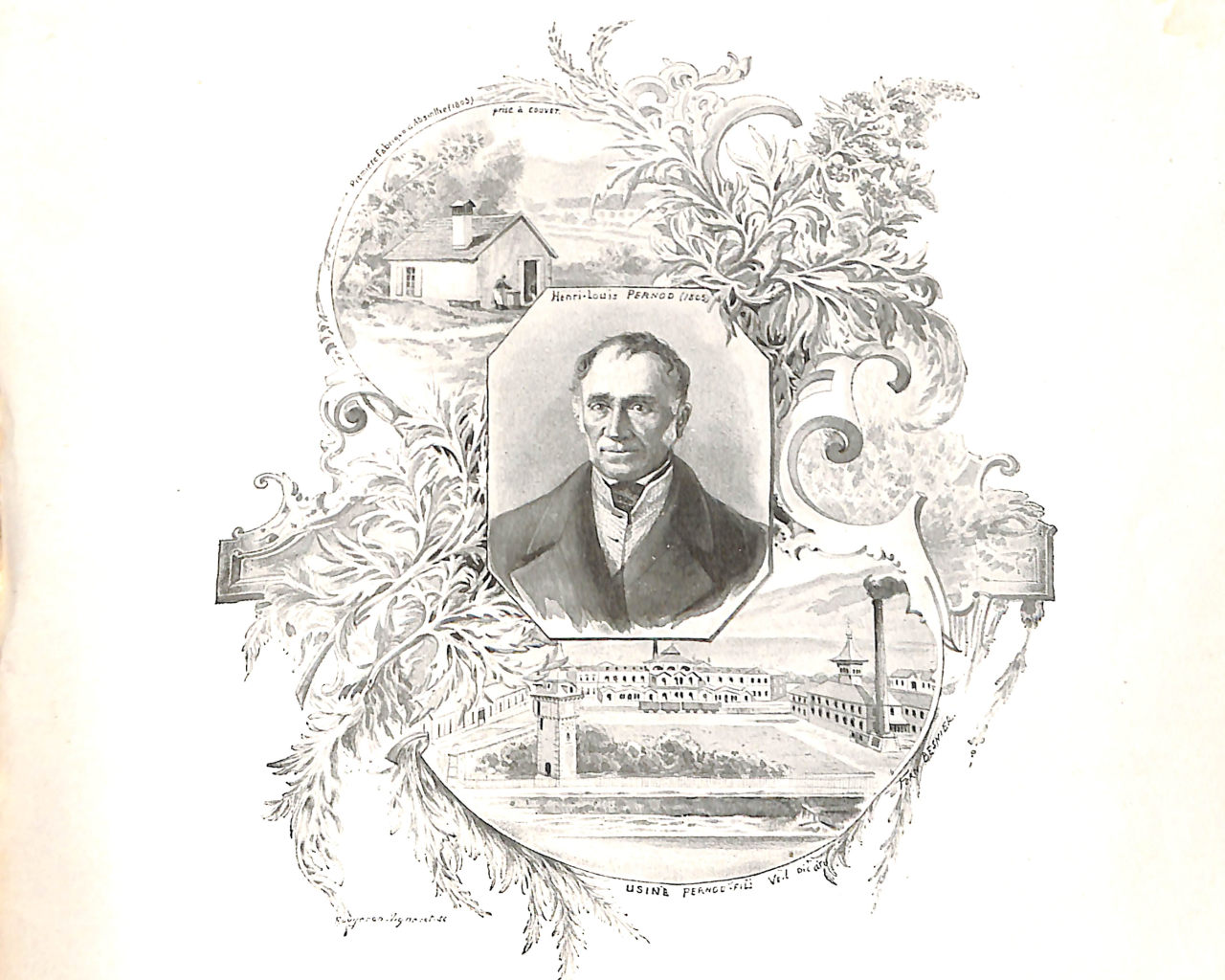
For the record, Pernod et Fils will later merge with the company Pernod Père et Fils, founded in Avignon by another Pernod: Jules-François Pernod. It was the son of Jules-François, Jules-Félix, who invented pastis. However, there is no family relationship between Henri-Louis and Jules-François, but the Pernod Ricard group is today the heir of this merger.
But let’s come back to our absinthe, which is slowly developing in the Haut-Doubs. At first, its consumption remains confidential and local, but different distilleries were created in Pontarlier, which was to become the capital of absinthe.
More soon…
